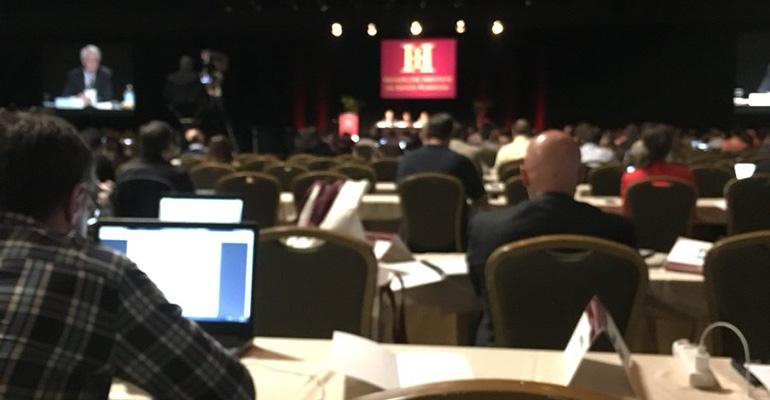The recently concluded 52nd Annual Heckerling Institute on Estate Planning in Orlando, Fla. was jolted by the seismic shift in the estate planning landscape brought about by the dramatic temporary expansion of the federal estate, gift and generation-skipping transfer tax exemptions.
The federal estate tax—with its $11.18 million lifetime exemption ($22,360,000 for a married couple)—is now expected to apply to only two out of every 1,000 Americans. However, rather than causing many to cancel their late January travel plans, a record crowd of nearly 3,400 flocked to Orlando to attend this year’s Heckerling Institute to hear about this topic and its effect on estate planning for high-net-worth individuals.
Tax Law Changes
On Dec. 20, 2017, Congress passed far-reaching changes to the Internal Revenue Code that were signed into law by the president on Dec. 22, 2017 as Public Law 115-97 (the “2017 Tax Reform Act,” also informally known as the “Tax Cuts and Jobs Act”). The new law provides significant estate planning opportunities for high-net-worth individuals to take advantage of a temporary doubling from $5 million to $10 million (subject to indexing) of the estate, gift and GST tax exemptions. This temporary doubling of the federal estate, gift and GST tax exemptions (as indexed) from $5.49 million in 2017 to approximately $11.18 million per person (and to approximately $22,360,000 for a married couple) as of Jan. 1, 2018 creates both: (1) a window of opportunity for gifting due to the significant expansion of federal gift and GST tax exemptions, and (2) a need to review existing wills and other estate planning documents to ensure that they continue to carry out planning objectives. (The actual amounts of the new exemptions are subject to confirmation by the Internal Revenue Service.)
Sunset of Expanded Exemptions
There’s a significant wrinkle in the new law, however, as it sunsets its doubling of the federal estate, gift and GST tax exemptions on Jan. 1, 2026, reverting to their pre-2018 exemption levels, as indexed for inflation. This will create incentive for wealthy individuals to begin to use their increased exemptions at the risk of losing them come 2026.
That being said, there’s some concern that the sunset provisions of the new law could potentially pose a “clawback” risk if an individual were to gift away his entire gift tax exemption during his lifetime and then die after Dec. 31, 2025 at a time when the unified estate and gift tax exemption was less than the amount that the individual had gifted away during that individual’s lifetime. Congress has recognized the need to address this potential issue by authorizing the U.S. Department of Treasury to issue guidance. Specifically, new IRC Section 2001(g)(2) states:
(g) Modifications to tax payable
(2) Modifications to Estate Tax Payable to Reflect Different Basic Exclusion Amounts Exclusion Amounts. —The Secretary shall prescribe such regulations as may be necessary or appropriate to carry out this section with respect to any difference between —
(A) the basic exclusion amount under section 2010(c)(3) applicable at the time of the decedent's death, and
(B) the basic exclusion amount under such section applicable with respect to any gifts made by the decedent.
Consensus
The consensus at Heckerling was that the Department of Treasury, in accordance with Congress’ mandate under IRC Section 2001(g)(2), will provide guidance to eliminate this clawback risk.
Kevin Matz is a partner at the law firm of Stroock & Stroock & Lavan LLP in New York City.





